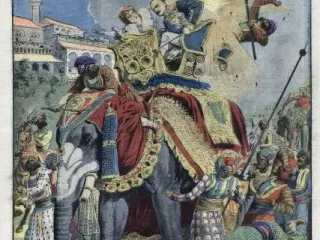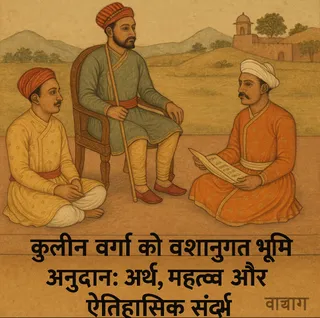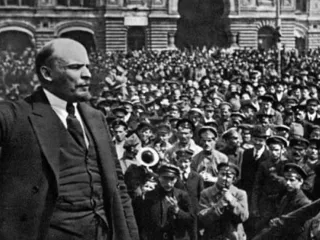Peshwa Madhavrao I (1745-1772), son of the illustrious Peshwa Balaji Baji Rao, stands as a towering figure in the history of the Maratha Empire. His relatively short reign (1761-1772) witnessed significant strides in consolidating Maratha power and establishing the empire's dominance across a vast expanse of India. Often considered the architect of the empire's golden age, Madhavrao's contributions extend far beyond military victories.
Madhavrao inherited a fractured empire in the aftermath of the Third Battle of Panipat (1761), a devastating defeat that significantly weakened Maratha military strength and prestige. However, he possessed an exceptional political acumen and administrative skill that enabled him to swiftly address the challenges before him. Instead of succumbing to despair, he initiated a series of strategic moves to restore the empire's fortunes.
One of his key achievements was the consolidation of internal power. He shrewdly navigated the complex web of court politics, skillfully managing rivalries and factions among Maratha noblemen. His pragmatic approach fostered a sense of unity and purpose, crucial for rebuilding the empire's strength. He forged alliances strategically, solidifying the support of key sardars (Maratha chiefs) while neutralizing potential threats.
Madhavrao's military prowess was equally impressive. He understood the importance of efficient military organization and implemented reforms that enhanced the effectiveness of the Maratha army. He focused on improving training, logistics, and inter-sardar coordination, resulting in a more streamlined and powerful fighting force. His strategic acumen was showcased in several successful military campaigns, effectively expanding Maratha control in various regions.
Beyond military achievements, Madhavrao implemented significant administrative reforms. He focused on improving the revenue collection system, ensuring greater financial stability for the empire. This involved measures to streamline tax collection, reduce corruption, and promote efficient governance at all levels. His reforms contributed significantly to the economic prosperity of the empire, laying the foundation for its continued growth.
His reign also witnessed significant strides in improving the infrastructure. He understood the importance of infrastructure development for the empire's overall stability and growth. He initiated projects to build roads, canals and strengthen the communication systems, enhancing the effectiveness of his administration and fostering trade and economic activity.
However, Madhavrao's life was tragically cut short at the age of 27 due to tuberculosis. Despite his short reign, his impact on the Maratha Empire was monumental and far-reaching. His legacy continues to inspire admiration for his political wisdom, military acumen, and profound administrative reforms that contributed significantly to the consolidation and expansion of the Maratha Empire during its golden age. His untimely death was a significant loss for the Maratha people, leaving behind an empire significantly stronger than he had inherited, but also facing future challenges that his successors struggled to adequately address.
Further research into his life and accomplishments is crucial to understanding the complexities of 18th-century Indian history and the crucial role the Maratha Empire played in shaping the political landscape of the subcontinent.














